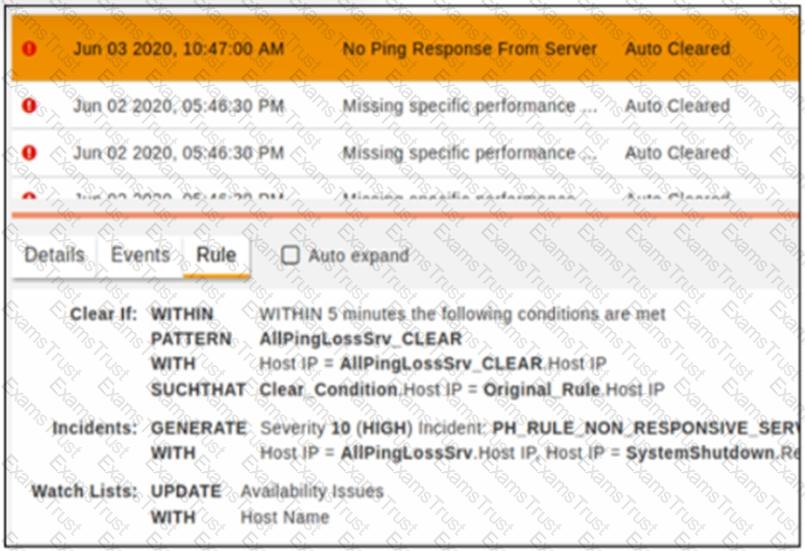From where does the rule engine load the baseline data values?
Which syntax will register a collector to the supervisor?
Refer to the exhibit.

Why was this incident auto cleared?
Refer to the exhibit.

Is the Windows agent delivering event logs correctly?
How do customers connect to a shared multi-tenant instance on FortiSOAR?
Refer to the exhibit.

Why is the windows device still in the CMDB, even though the administrator uninstalled the windows agent?
How can you invoke an integration policy on FortiSIEM rules?
Which three statements about collector communication with the FortiSIEM cluster are true? (Choose three.)
What is the disadvantage of automatic remediation?
Refer to the exhibit.

If the Z-score for this rule is greater than or equal to three, what does this mean?